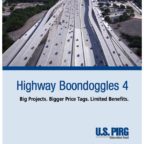
Nine proposed highway expansion projects across the country – slated to cost $30 billion – exemplify the need for a fresh approach to transportation planning and spending. As America considers how to meet its infrastructure needs in a fiscally responsible way, the nation cannot afford expensive “boondoggle” projects that don’t meet our most important transportation needs.
View this complete post...











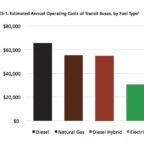
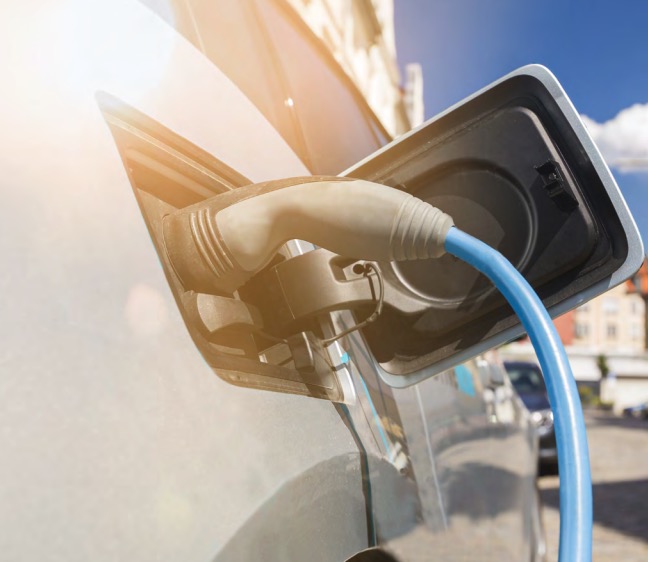
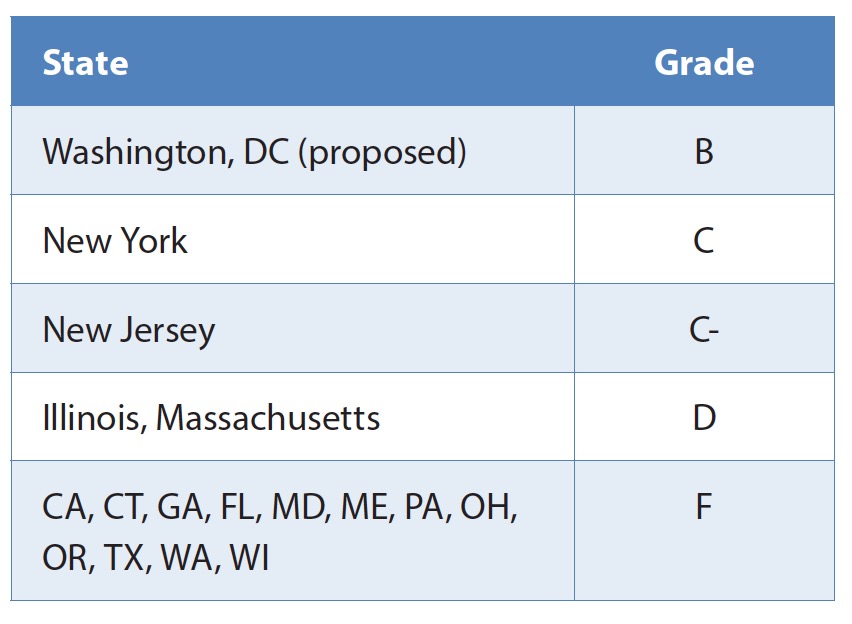
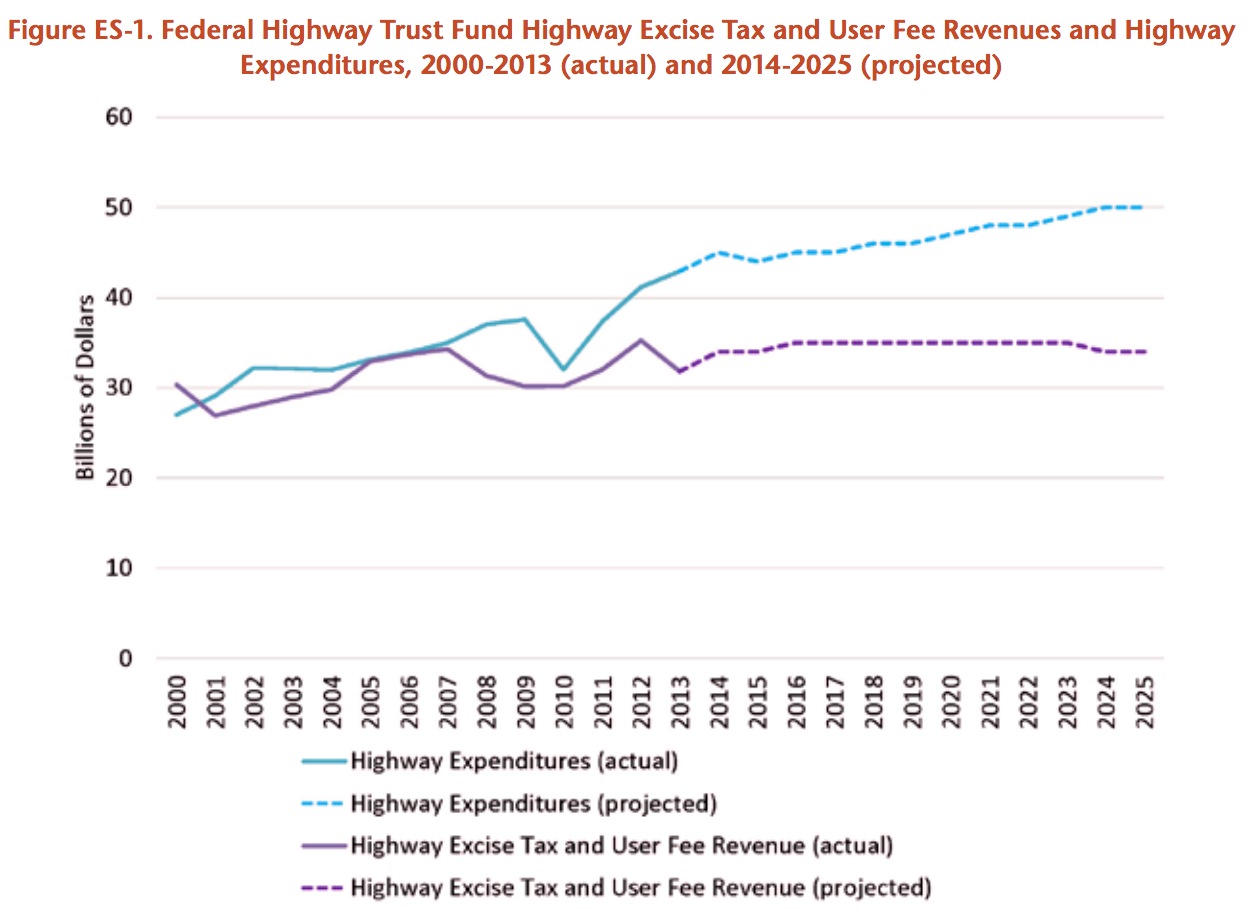
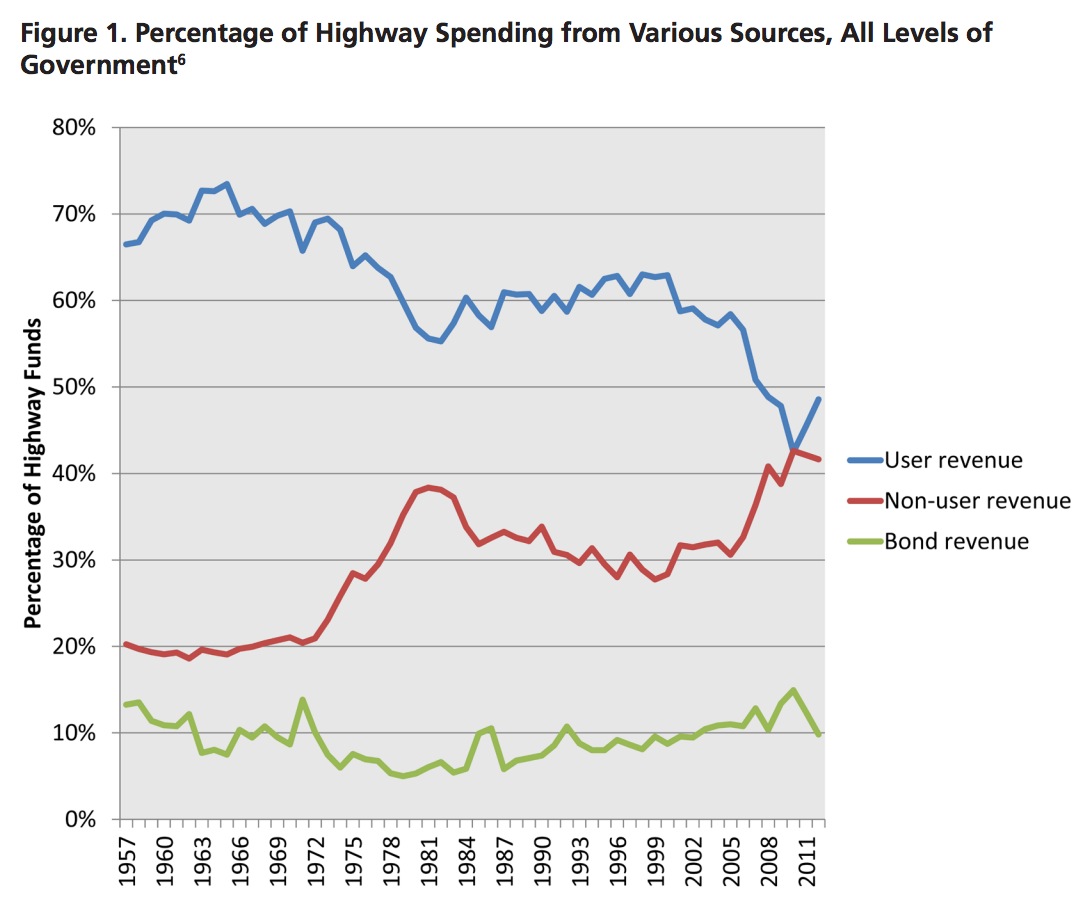
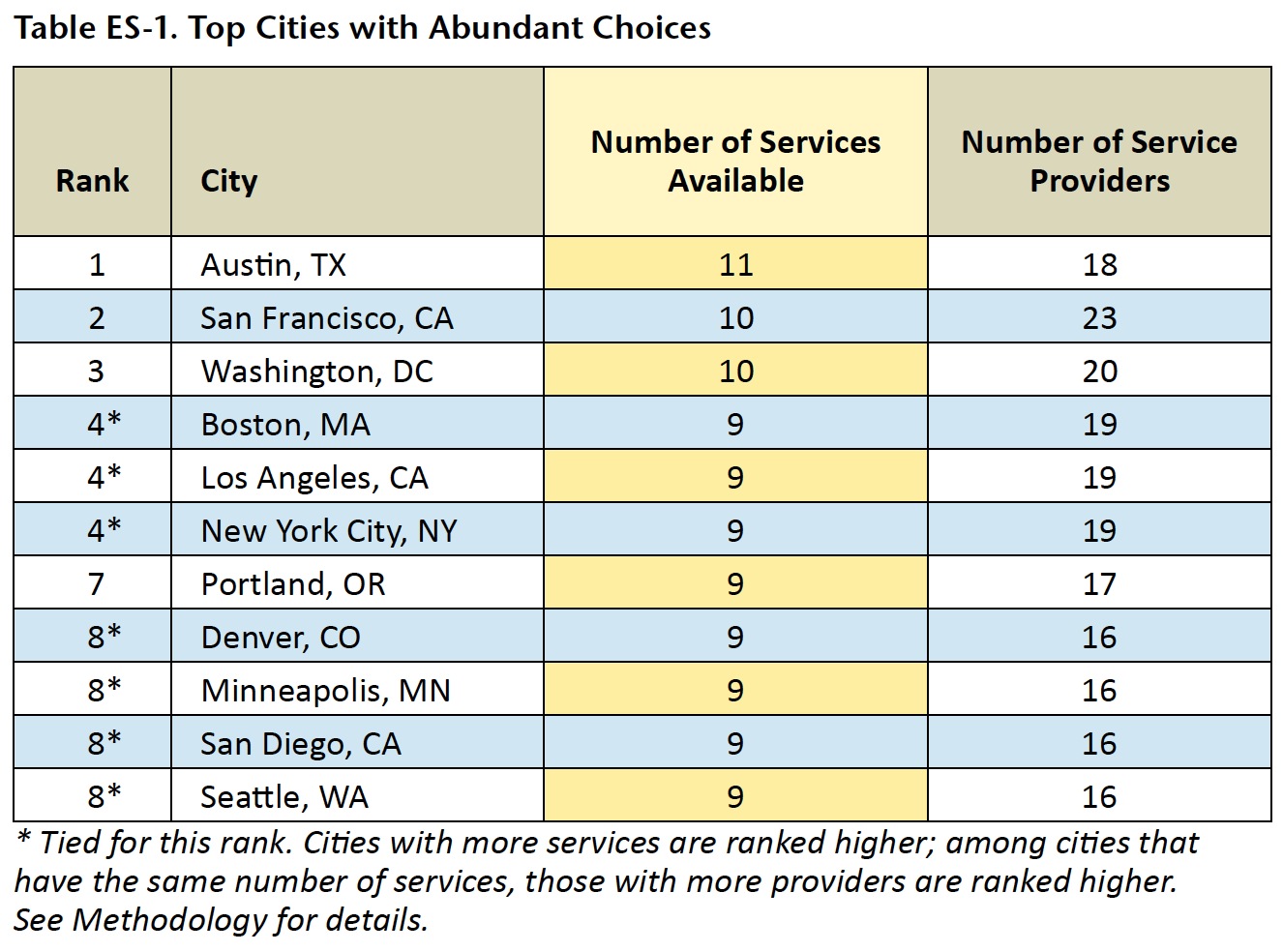
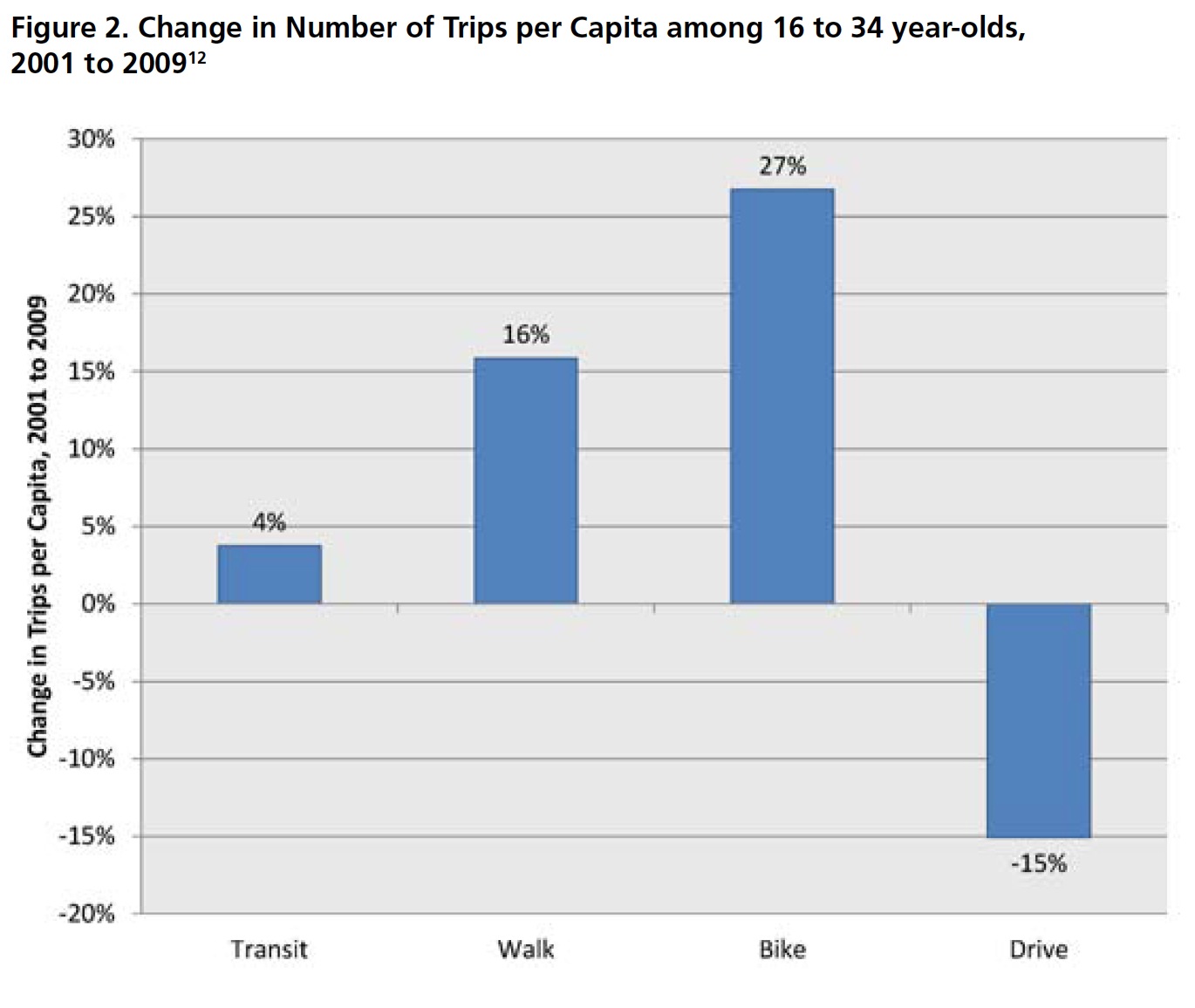



 RSS Feed
RSS Feed